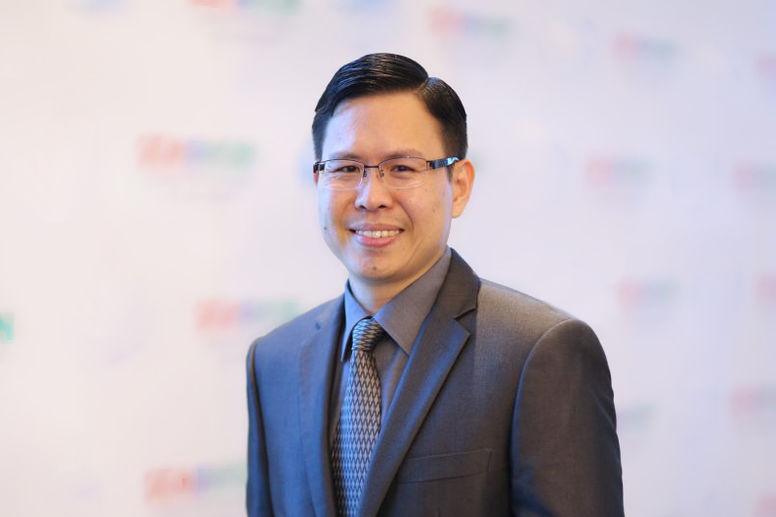
From severe acute respiratory syndrome (Sars) to Covid-19, health authorities across the globe have stressed the need for capability enhancement via the One Health approach as a way to safeguard the world's population from future pandemics.
As health issues are becoming more complex given deteriorating environmental conditions and climate change, delegates told a recent Southeast Asia One Health University (SEAOHUN) 2022 International Conference in Bangkok that the world needs to forge a One Health approach to deal with future health threats.
More than 300 health practitioners, educators and researchers from 30 countries gathered at the SEAOHUN 2022 International Conference to brainstorm ways to enhance their ability to tackle infectious diseases.
In his keynote speech "One Health in the Age of Pandemics and Climate Change", Dennis Carroll, chairman of the Leadership Board of the Global Virome Project, said human health, animal health and their ecosystems are closely interrelated.
The drastic environmental changes brought about by global warming are threatening humanity with higher risks of new emerging infectious diseases and other health threats, he said.
"As Covid-19 will not be the last pandemic the globe has to deal with, the next generation must be prepared for forthcoming pandemics," Dr Carroll said.
"Considering the health risks associated with climate change, One Health Vision could be the answer by creating platforms that will enhance the next generation's capabilities to ensure the global population's wellbeing, not just physical or mental health."
According to the World Health Organisation (WHO), One Health is an integrated, unifying approach that aims to balance and optimise the health of people, animals and ecosystems, which can help address the full spectrum of disease control (prevention to detection, preparedness, response and management), and also contribute to global health security.

Smith: Climate change driving the spread of infectious diseases
Dr Woutrina Smith, leader of the One Health Workforce-Next Generation Project of United States Agency for International Development (USAID), said climate change, economic development, land use, energy extraction, and globalisation are the drivers behind the emergence and spread of infectious diseases.
All these factors contribute new challenges such as zoonotic disease emergence, pathogen distribution, health disparities, food and water safety and security, loss of wildlife habitat, environmental contamination and diagnostic limitations.
Due to the complexity of the One Health approach, Dr Smith said WHO has launched a competency-based education programme to support countries in Southeast Asia to improve their health systems and strengthen their public health workforce.
This two-year project, which started in January last year, aims to increase the knowledge, attitude, and practice of One Health across stakeholders to help the region better prepare for future health threats.
"With support from USAID, 113 participating universities under SEAOHUN and the Africa One Health University Network have joined this endeavour, more than 40,000 individuals have been trained, 282 activities conducted and 60 partnerships formed under the One Health Network, which will help prepare the health system for new infectious diseases and silent pandemics like antimicrobial resistance," she said.
This project not only targets practising health professionals, but it also aims to educate school-aged children and teachers about One Health.
Marilyn Crane, a USAID representative, said front-line workers have been trained and now show an understanding of the One Health concept.
Next, a deeper engagement is needed with community health workers, universities, medical equipment salespeople, lab technicians and non-traditional health workers.
"A new development strategy is to increase participation by youth, so they can build collective leadership," she said.

Vipat: Universities can also help to solve complex One Health issues
Dr Vipat Kuruchittham, executive director of SEAOHUN, said universities can also help build the capacity of professionals across sectors to solve complex One Health issues, conduct research, and assist governments with public health surge capacity.
Meanwhile, Dr Ruangwit Thamaree, from drugs giant Pfizer, said his company is working with universities to design microbiological surveillance courses, aside from an antimicrobial stewardship (AMS) blueprint that can serve as guidelines for all AMS teams.
"To tackle antimicrobial resistance, a comprehensive set of prevention and microbiological surveillance is needed in infection control, aside from vaccines," Dr Ruangwit said.
"As the globe is bracing for new challenges, this fight is not supposed to be a single person's fight, but a collective mission in which every sector needs to work together to assure a safe future for our next generations."